When I created the Createx Illustration line, it wasn't always intended to be available to the public.
It all began while I was evaluating Createx Colors' new Wicked Line while touring in Europe in 2011. Dennis Delorenzo, a chemical genius, had developed a new version which was more finely ground or sheared, than the previous Wicked line, and after some testing this was called Wicked Detail.
Wicked was designed for automotive and textile applications, which demanded a resilient paint that could stand up to extremes.
This resulted in a amazing tough paint which stuck to pretty much anything. However, it's strength also made it difficult to manipulate with erasers and blades; tools that I very much enjoyed as an illustrator.
I needed something less resilient for my art school in Blair, so Dennis and I began developing the illustration line to be exclusively used by my school.
The parameters were that the paint needed to spray right out of the bottle, it needed to be water-based, re-wettable with an amine (Like ammonia D found in Windex) and Dennis found a way to retard the crosslinking rate (slow-curing) so it could be manipulated and stressed for special effects. This extra open time would prove unique among all paints, since it allowed for easy manipulation at the beginning and more subtle manipulation after a short period of time passed.

Dennis refined the new paint using nano-technology, while I painted the Illustration logo above, which was then applied to the Illustration line bottle.
Originally the Createx Illustration line was to be exclusive to my school, but if performed so well, that Createx decided to offer it to the public, and it is now their flagship line.
A new paper
At the same time, I began searching for a replacement for Crescent 9208, an illustration board that tolerated the blade very well. I used the blade to create finer hairs than could be achieved with the airbrush. Crescent 9208 had ceased production in the 2000's and it was becoming increasingly difficult to obtain.
I purchase and tested dozens of different surfaces, searching for a suitable replacement, but no other illustration board could tolerate the blade without sustaining damage.
Around 2010, I began a discussion with a prominent paper manufacture, who had created a synthetic paper which showed promise. I was reluctant to try synthetic paper, as my tests with Yupo paper had disappointing results with the blade, however the prototypes of the new paper showed promise, especially with the illustration paint.
After two years of back and forth trials, I felt that the new paper was ready to launch. The problem was that in order to manufacture and sell it at a reasonable cost, I had to purchase a huge amount. So, I decided to take a chance, and place the order for a paper specifically designed for airbrush. The new paper was slightly thinner than Yupo, but it had a better tooth for airbrush, which allowed more subtle erasing, and more importantly, it could tolerate the blade much better than Yupo.

Not to say that Yupo is an inferior paper; but it was not created exclusively for airbrushing like this newly developed airbrush paper.
Enter my little friend
By 2013 I was still experimenting with the combination of Illustration paint and new airbrush paper. One day, I was drawing on top of a painted area, and my pencil lead broke off, causing me to scratch the paint off the airbrush paper. Although I used the blade a lot to create such scratches, the blade had always been difficult to hold correctly without damaging the painting surface.
This accident inspired me to create a dowel for scratching the soft fresh paint. The advantage was that the dowel could be held like a pencil, which was much more comfortable than the holding the blade.

I experimented with many different types of wood for the dowel, eventually concluding that white oak is the best. It's more difficult to find this wood in a dowel form, but the superiority makes it worthwhile. We dubbed the dowel, as a "little friend" because it was so easy to use and made such an impact on the results.
Combination
When combined, these tools; paint, paper, dowel and blade, create something magical. You can take advantage of the delayed crosslinking characteristic of the paint in order to scratch off fresh layer of paint while leaving the older more resilient layers beneath intact.

Stencils
Before I started creating stencils with a laser in 2013, I used paper stencils cut by hand. I had purchased a laser cutter in 2011, but I could not make the cut lines as fine as needed for intricate details. Over the next couple of years, I swapped parts from different laser brands, eventually discovering a combination of parts and settings that allowed for the thinnest, most precise cuts in the industry.
Using this tool, I started extracting patterns and textures from real objects in order to produce an organic line of stencils which benefited many artists.

I developed these tools to make it easier and faster for the airbrush artist to create, and I've been amazed at the results by other artists so far.
With the airbrush, the possibilities are limitless.
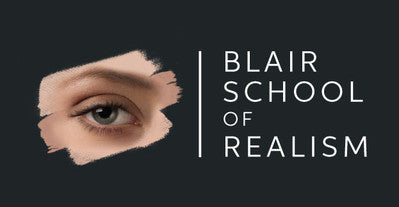
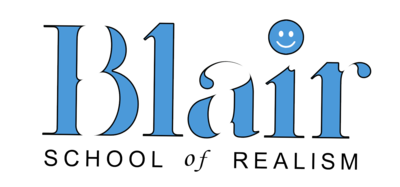
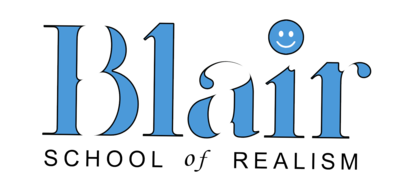
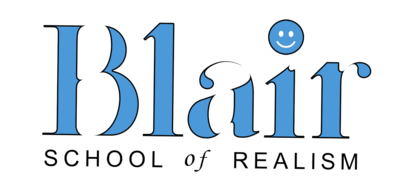
Ryan Barkley
April 16, 2024
Great article Dru!
Gregory Boyer
April 16, 2024
Beautiful article, very informative about your story and the research work that often goes unnoticed behind your journey. Very inspiring! Thank you for your blog posts.
Gregory Boyer
April 16, 2024
Beautiful article, very informative about your story and the research work that often goes unnoticed behind your journey. Very inspiring! Thank you for your blog posts.
Ryan Barkley
April 16, 2024
Very interesting stuff Dru.